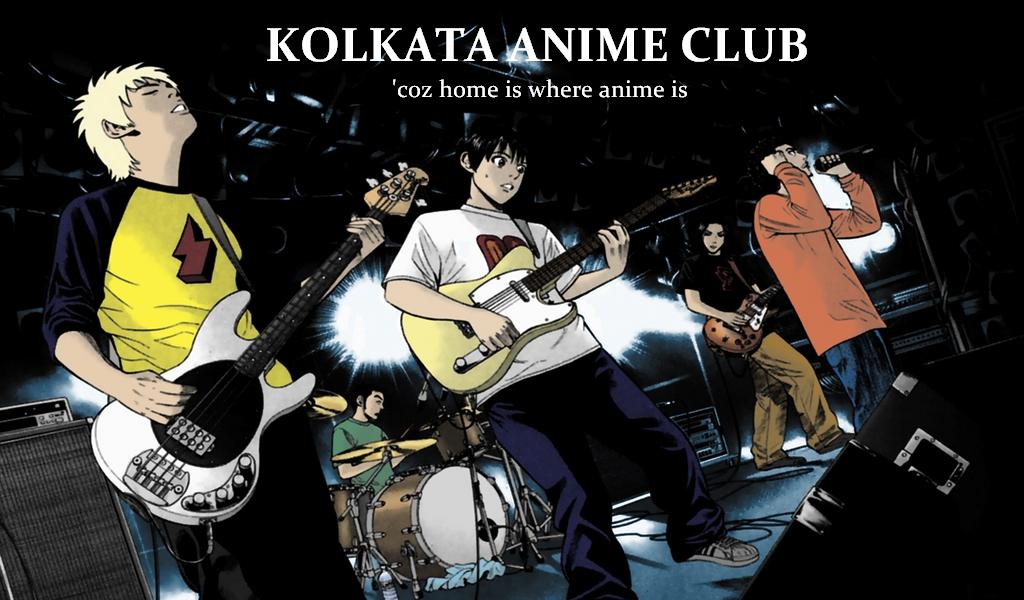Main Title: STEINS;GATE
Type: TV Series, 24 episodes
Synopsis: The story of Steins;Gate takes place in Akihabara and is about a group of friends who have managed to customize their microwave into a device that can send text messages to the past. As they perform different experiments, an organization named SERN who has been doing their own research on time travel tracks them down and now the characters have to find a way to avoid being captured by them.
(Source: AniDB)
Plot: Steins;Gate (シュタインズ・ゲート, Shutainzu Gēto) was originally a visual novel described as a ‘hypothetical science adventure game’. The anime adaptation takes off from the same premise. Okarin, Mayushii and Daru experiment in their ‘lab’ to create futuristic gadgets, such as the Mobile Microwave. On a visit to the Radio Kaikan building, Okarin finds Makise Kurisu lying in a pool of blood. As soon as he sends a text to Daru informing him about the incident, Okarin finds his surroundings altered, with no one remembering anything. And from here begins a mind-twisting journey involving CERN, time travel, otakus, moe culture, and love which lasts beyond world lines. Any more details would be major spoilers. The story involves plenty of arcs and subplots. But they are connected perfectly to the main plot, in ways you’d least expect. Full of surprising turns and unknown motives, this is treat for mystery-lovers. But behind all the fast-paced action and sci-fi thrills, the anime also deals with serious issues, such as the consequences of your actions, the philosophy of life, and the anguish of being defeated by fate, time and time again.
Rating - 9/10
Characters: The best thing about the characters of Steins;Gate is their uniqueness. Every character is distinct and evolves throughout the story, including the supporting cast. The relationships between the characters are constantly developing, not one of them is ignored. The lead pair develops beautifully. And some other character connections are sure to surprise you later on. Although the anime was a tad stereotypical when it came to the lead tsundere, I never got tired of Okarin’s mad scientist persona, Kyouma. Overall, an engaging cast.
Tuturu~
Tuturu~
Rating – 8.5/10
Animation: The animation was just right for this series. A restrained color palette, but brilliantly done. Symbols were used very subtly, you have to keep your eyes open and they won’t make sense until the later episodes. The angles were innovative. The action scenes and the world line sequences were done very well. Certain mature scenes involving violence and/or death were similarly handled smoothly.
Rating - 9/10
Music: The OP, ‘Hacking to the Gate’ by Kanako Ito is apt in both music and lyrics, and suits the tone of the anime. The ending theme however is darker and uncertain, which is probably for the best since every episode ends with a cliffhanger of sorts. Background music is minimal, but effectively utilized. This anime takes its music seriously, with poignant silences in many key scenes. Voice actors did a flawless job.
Rating - 9.5/10
Overall – A rollercoaster. Sounds cliché, but an apt description. The anime takes twists you didn’t even know were there. Every episode ends with a cliffhanger. Things which seem out of place in the first few episodes gradually begin to make sense in the last couple of episodes. A must-watch for mystery and thrill seekers. Steins;Gate is definitely sci-fi in genre, but it doesn’t limit itself in terms of exploring other topics. There may be a few plot loopholes, but they’re not noticeable. With outstanding plot progression, this anime is a struggle against dystopian fate which refuses to be altered. Steins;Gate is a series which definitely messes with your head, and definitely should be watched.
Overall Rating - 9/10
AniDB Rating: 9.15

